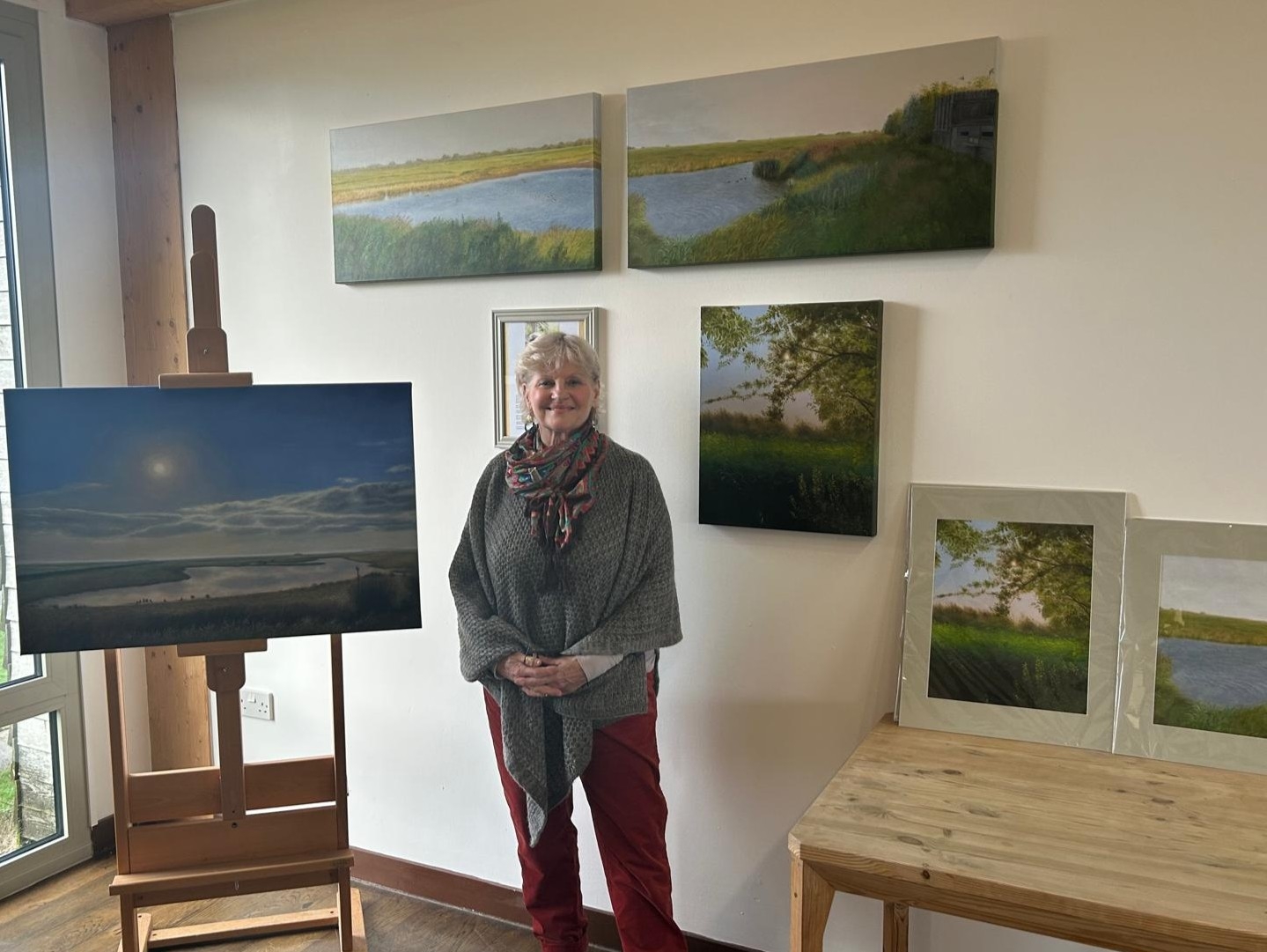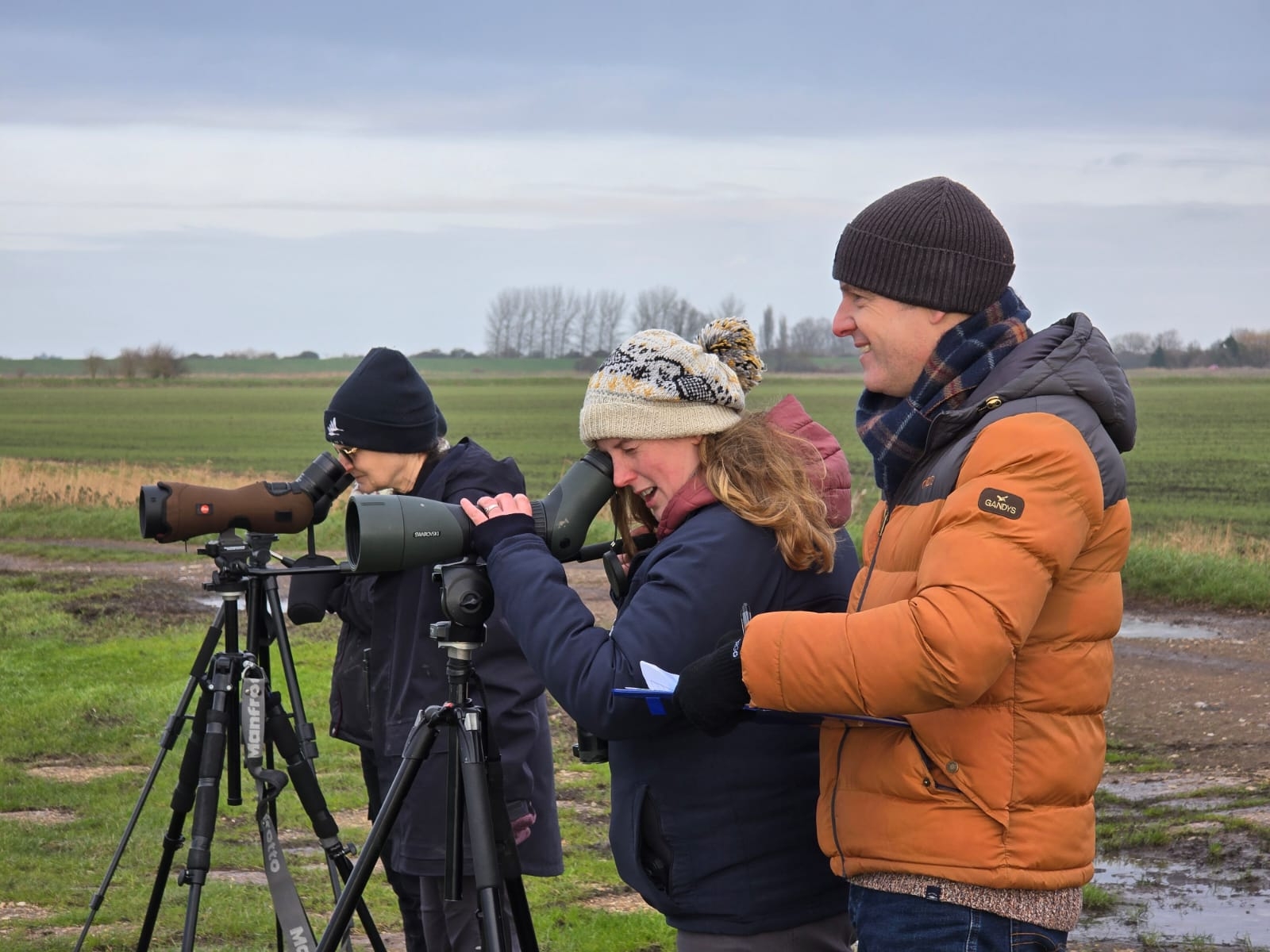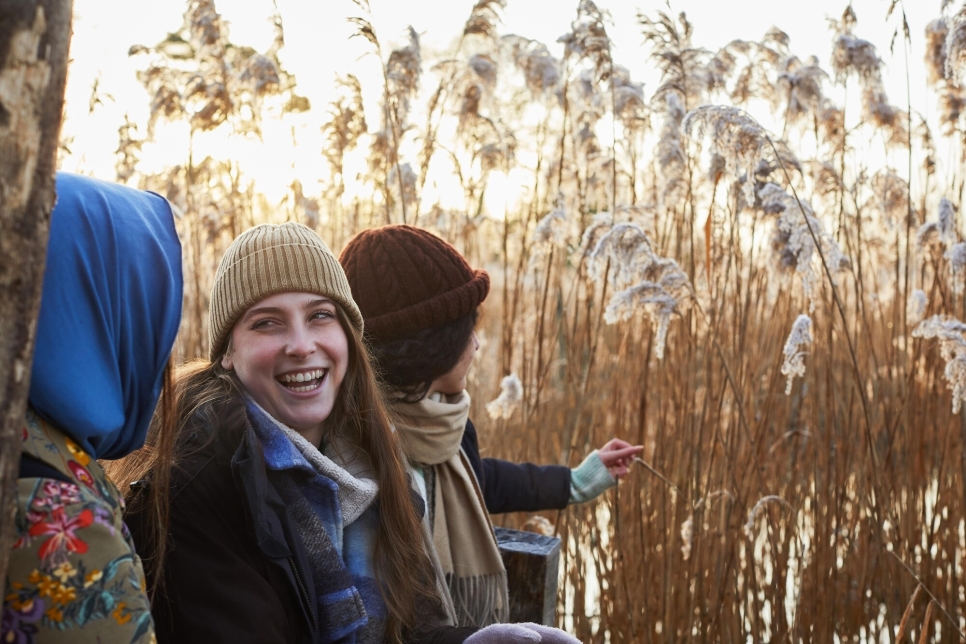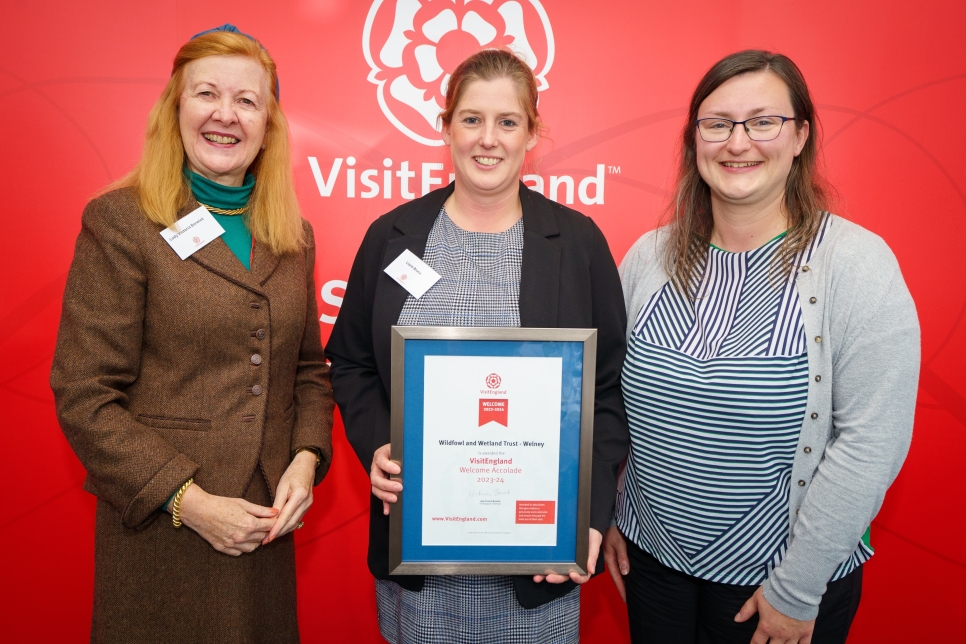Willow emerald damselfly - New jewel to spot on reserve
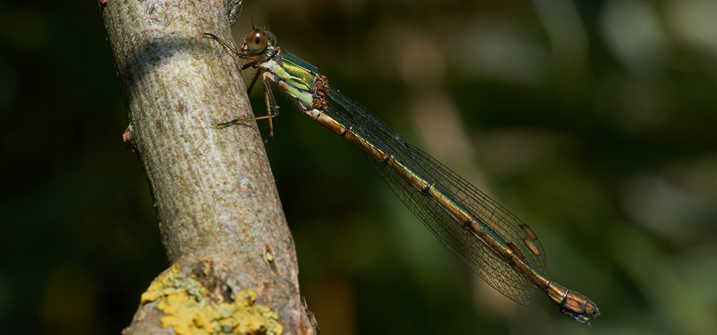
A damselfly species which is a relative newcomer to the UK has been spotted at WWT Welney Wetland Centre.
The willow emerald damselfly has become more and more widespread in the UK within the last 10 years, prior to that there had only been two UK records for this insect. Unlike other damselfly species, the willow emerald lays its eggs in willow trees that overhang bodies of water, rather than using soft plants on or beneath the surface of the water.
This species was first recorded at WWT Welney in 2016, so this is the second summer that the adult insects have been seen on the reserve. The wetland habitat found at WWT Welney will be the perfect setting for any breeding attempts they make.

Annabelle Hammond, Volunteer on placement at WWT Welney, said:
‘After spending the summer surveying the damselfly species on site, it is very exciting to see that the willow emerald has made its home on the reserve. This species has colonised on the site and will hopefully continue to expand its distribution across the reserve and surrounding area. This new record brings our damselfly species to a total of ten at WWT Welney, making it home to half of the UKs damselfly species. After taking part in the surveys and habitat management for this species, it is brilliant to see our hard work has paid off and that a very special damselfly has become established on site.
‘Visitors can look out for these delicate, metallic green insects on willow trees along the footpaths whilst exploring the reserve. They are more unusual than other damselfly species in that they perch on trees rather than on grasses and wildflowers. They are also unique in the way they hold their wings out from their body at a 45o angle when at rest, rather than closed along the body like other damselfly species. They are a very exciting species to look out for!’
The flight season of the willow emerald damselfly is slightly later in the year than several of the other damselfly species, so visitors will be able to look out for them from now until October. The visitor centre and reserve are open 9.30am – 5pm daily.
